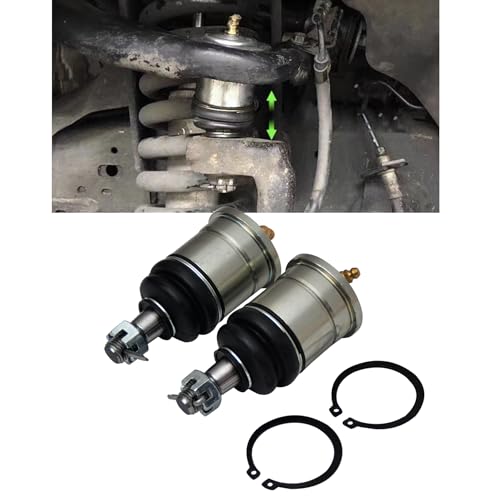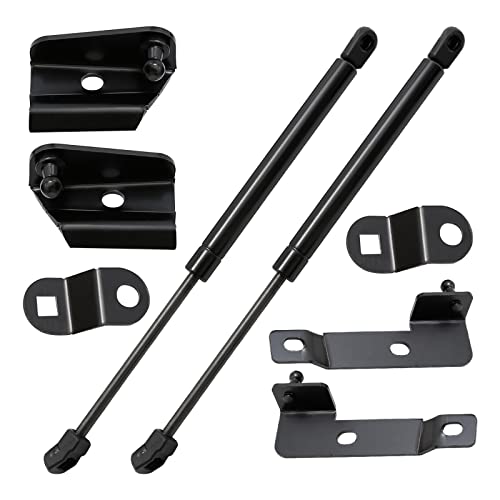Rice
Member
Hi guys, I need some help and/or advice PLEASE.
Last week I replaced the factory fitted radiator with an all aluminium radiator. When juiced up and run the engine light came on (code P2457) EGR etc. my EGR is blanked off and deleted from the ECU???????
Next day cleared the code again and went for a longer run - all ok, yesterday the exhaust was roaring found and error code regarding the turbo, now, to clear the code the engine has to be turned off - code cleared - start car and car drives but lacks power (middle of this week we go to Bundaberg).
BTW the new radiator has a pressure cap (have contacted seller) I think that may be causing the issues because fluid is not getting to where it is supposed to go because of the extra pressure cap, there are no leaks anywhere.
TIA, Eric
Last week I replaced the factory fitted radiator with an all aluminium radiator. When juiced up and run the engine light came on (code P2457) EGR etc. my EGR is blanked off and deleted from the ECU???????
Next day cleared the code again and went for a longer run - all ok, yesterday the exhaust was roaring found and error code regarding the turbo, now, to clear the code the engine has to be turned off - code cleared - start car and car drives but lacks power (middle of this week we go to Bundaberg).
BTW the new radiator has a pressure cap (have contacted seller) I think that may be causing the issues because fluid is not getting to where it is supposed to go because of the extra pressure cap, there are no leaks anywhere.
TIA, Eric



























